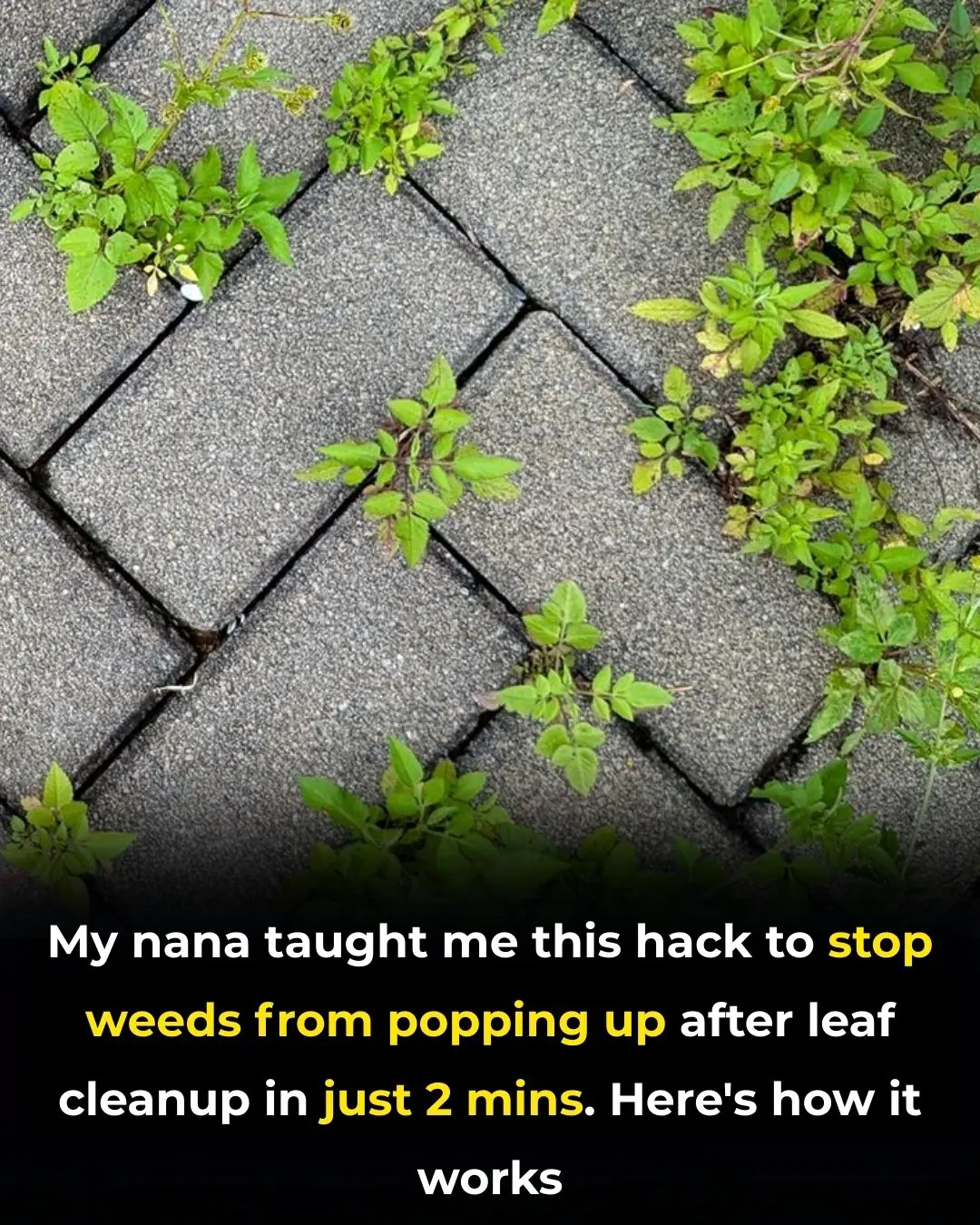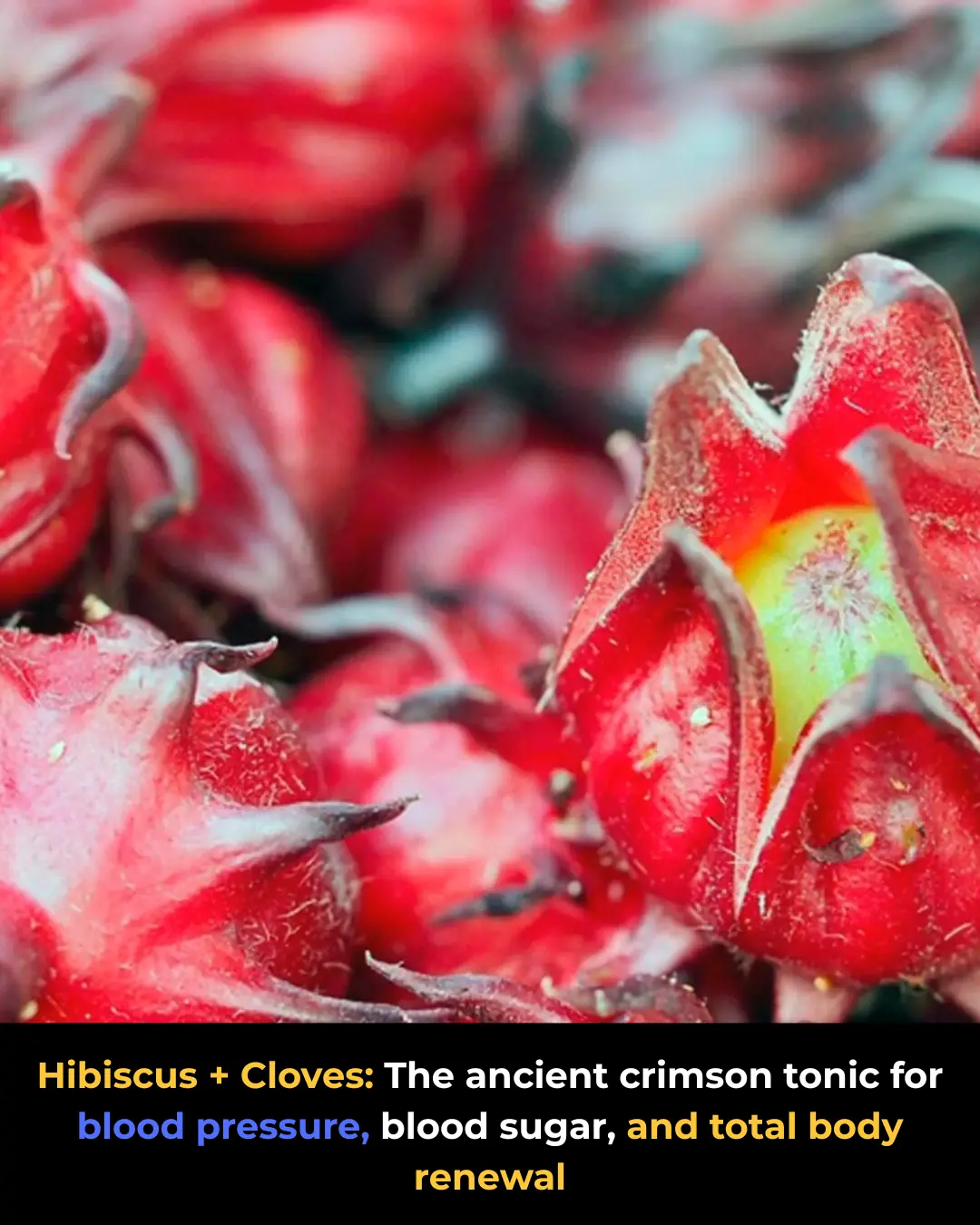
Heavy rains still possible as Pepito moves away from Luzon ABS-CBN News
.jpg) RAMMB/US NOAA/Himawari 8
RAMMB/US NOAA/Himawari 8
Typhoon Pepito will continue to stir heavy rains in parts of Luzon as it moves away from the country on Monday, PAGASA said.
After sweeping across Luzon this weekend, Pepito was spotted over the West Philippine Sea, about 145 kilometers west of Sinait, Ilocos Sur at 4 a.m. It was packing winds of 130 kilometers per hour and up to 160 kph gusts, the state weather bureau said.
The typhoon may leave the Philippine area of responsibility by Monday morning or noon, PAGASA said.
But it added that moderate to heavy rains could still spawn floods and landslides in Ilocos Sur, La Union, Pangasinan, Benguet, Zambales, Cagayan, Aurora, Tarlac, Nueva Ecija, Batanes, and Isabela.
PAGASA kept the following wind signals raised.
Signal 3
89 to 117 kph winds expected in at least 18 hours; Moderate to significant threat to life and property
Northern and western portions of Ilocos Sur (Gregorio del Pilar, Magsingal, San Esteban, Banayoyo, Burgos, City of Candon, Santa Lucia, Santiago, San Vicente, Santa Catalina, Lidlidda, Nagbukel, Sinait, Suyo, Sigay, San Ildefonso, Galimuyod, City of Vigan, San Emilio, Cabugao, Caoayan, San Juan, Santa, Bantay, Santo Domingo, Tagudin, Santa Cruz, Santa Maria, Narvacan, Salcedo), northwestern portion of La Union (Luna, Bangar, Balaoan, Bacnotan), and western portion of Abra (San Quintin, Langiden, Pidigan, Pilar)
Signal 2
62 to 88 kph winds expected in at least 24 hours;Minor to moderate threat to life and property
Ilocos Norte, the rest of Ilocos Sur, the rest of La Union, Pangasinan, the rest of Abra, the western portion of Mountain Province (Besao, Tadian, Sagada, Bauko), Benguet, and the northern portion of Zambales (Santa Cruz, Candelaria)
Signal 1
39 to 61 kph winds expected in at least 24 hours; Minimal to minor threat to life and property
Apayao, Kalinga, the rest of Mountain Province, Ifugao, the western portion of Cagayan (Lasam, Santo Niño, Solana, Enrile, Tuao, Piat, Rizal, Allacapan, Ballesteros, Abulug, Pamplona, Claveria, Santa Praxedes, Sanchez-Mira), Nueva Vizcaya, the northern and central portions of Nueva Ecija (Bongabon, San Leonardo, Cabanatuan City, Santa Rosa, Jaen, Cuyapo, Talavera, Santo Domingo, Rizal, Zaragoza, Llanera, Guimba, Aliaga, Pantabangan, Science City of Muñoz, General Mamerto Natividad, Carranglan, Quezon, San Jose City, Lupao, Nampicuan, Talugtug, Licab, San Antonio, Palayan City, Laur), Tarlac, and the central portion of Zambales (Botolan, Iba, Cabangan, Palauig, Masinloc)
Pepito on Sunday was still a super typhoon when it made its second landfall in Aurora province, but was downgraded to a typhoon category as it traversed the mountainous island.
"I saw roofing sheets flying off the houses around our building. Branches were being torn off trees," said Julius Fabianes, a rescuer with the Aurora disaster agency in Baler town.
Some 1.2 million people fled their homes ahead of Pepito, including several thousand in Metro Manila, as the weather forecaster warned of a "life-threatening" impact from the powerful storm, which follows an unusual streak of violent weather.
On Saturday, Pepito uprooted trees, brought down power lines and smashed flimsy houses to pieces after making its first landfall on the lightly populated Catanduanes island in the typhoon-prone Bicol region.
No deaths have been reported, but there was "extensive" damage to structures on Catanduanes, civil defense chief Ariel Nepomuceno said.
Panganiban municipality in the northeast of Catanduanes took a direct hit fromPepito.
Photos and a drone video shared on the Facebook page of Mayor Cesar Robles showed fallen power lines, damaged and destroyed buildings, and trees and corrugated iron sheets strewn on the roads.
"Pepito was so strong, I have never experienced a typhoon this strong," Robles said in a post, as clean-up efforts got underway and people returned home.
Climate change is increasing the intensity of storms, leading to heavier rains, flash floods and stronger gusts.
Mother-of-three Marissa Cueva Alejandro, 36, who grew up in Catanduanes and sheltered with a relative during Man-yi, said typhoons are getting stronger.
"Before, we would only experience (typhoon) signal number three to four, but now typhoons are getting as strong as signal number five," she said, referring to the weather service's five-tiered wind warning system.
Pepito was the sixth storm in the past month to batter the archipelago nation. At least 163 people died in the previous storms, which left thousands homeless and wiped out crops and livestock.
About 20 big storms and typhoons hit the Philippines or its surrounding waters each year, killing scores of people, but it is rare for multiple such weather events to take place in a small window.
Pepito hit the Philippines late in the typhoon season -- most cyclones develop between July and October.
This month, four storms were clustered simultaneously in the Pacific basin, which the Japan Meteorological Agency told AFP was the first time such an occurrence had been observed in November since its records began in 1951.
News in the same category


How To Detox Each Organ To Reset Your System

Just tried this and wow!

Magic Eraser can be used for almost anything, but here's what you didn't know

Tried this the other day and it did wonders!

I definitely need to try this in my garden

My Nana Really Knew What She Was Doing

Why Bath Towels Have Those Lines — and Why They Matter More Than You Think

Most don’t know this.

Does anyone know what this is used for? Seems like a waste

12 Early Warning Signs of Dementia You Shouldn’t Ignore

Bernie Sanders Has Called For A Four-Day, 32-Hour Working

A common household item may release up to 3 billion microplastic particles: Many families and hotels are still using it the wrong way

5 Things You Should Never Put in the Washing Machine — They Won’t Get Clean and May Even Be Dangerous

What Can You Make with Expired Yogurt?

Useful Tips for Better Sleep: Treat Insomnia and Difficulty Sleeping with Ginger and Ice Cubes

My Nana Taught Me This 2-Minute Trick to Stop Weeds From Sprouting After Leaf Cleanup — And It Works Like Magic

Most people will never know

You’ve been doing it wrong. Here’s the 3-minute mosquito trick my aunt swears by
Okay, I really need to try this in my garden
News Post

Top 8 Foods to Clean and Restore Your Liver Naturally

The Ancient Secret Seed That Revolutionized Wellness: Unlocking the Power of Hibiscus and Cloves

Garlic Remedy for Removing Moles and Skin Tags Naturally: What Works and What to Know

Fibromyalgia: The Hidden Energy Crisis Behind Your Pain, Fatigue, and Sleepless Nights

The Hidden Oil That Sparks Her Desire and Rekindles Your Marriage

Unlock the Ancient Secret of Peach Tree Resin: 15 Life-Changing Benefits You’ll Wish You Knew Sooner

Aloe Vera & Cinnamon: The Traditional Duo That Naturally Supports Your Health, Vitality, and Vision

Why Germany Makes New Dog Owners Take a Test

The Gut-Heart Connection: How Your Gut Microbiome Affects Your Heart Health

One Glass to Flush Your Colon Clean in Just 10 Minutes!

The 11 surprising baking soda uses that actually have science behind them

Common pain meds trick doctors into heart failure misdiagnosis

12 Health Hacks Doctors Rarely Share: Secrets for Optimal Health and Well-being

Top 6 Nutrients To Reduce Knee Osteoarthritis Pain

Could your toes be warning you about your lifespan? Foot expert explains

Could your morning orange juice be supporting your heart more than you think?

Top 10 Signs of Kidney Problems You ABSOLUTELY Must Be Aware Of…

A Parade Moment That Became Global Joy

Nick Vujicic: Living Proof That the Human Spirit Knows No Limits
